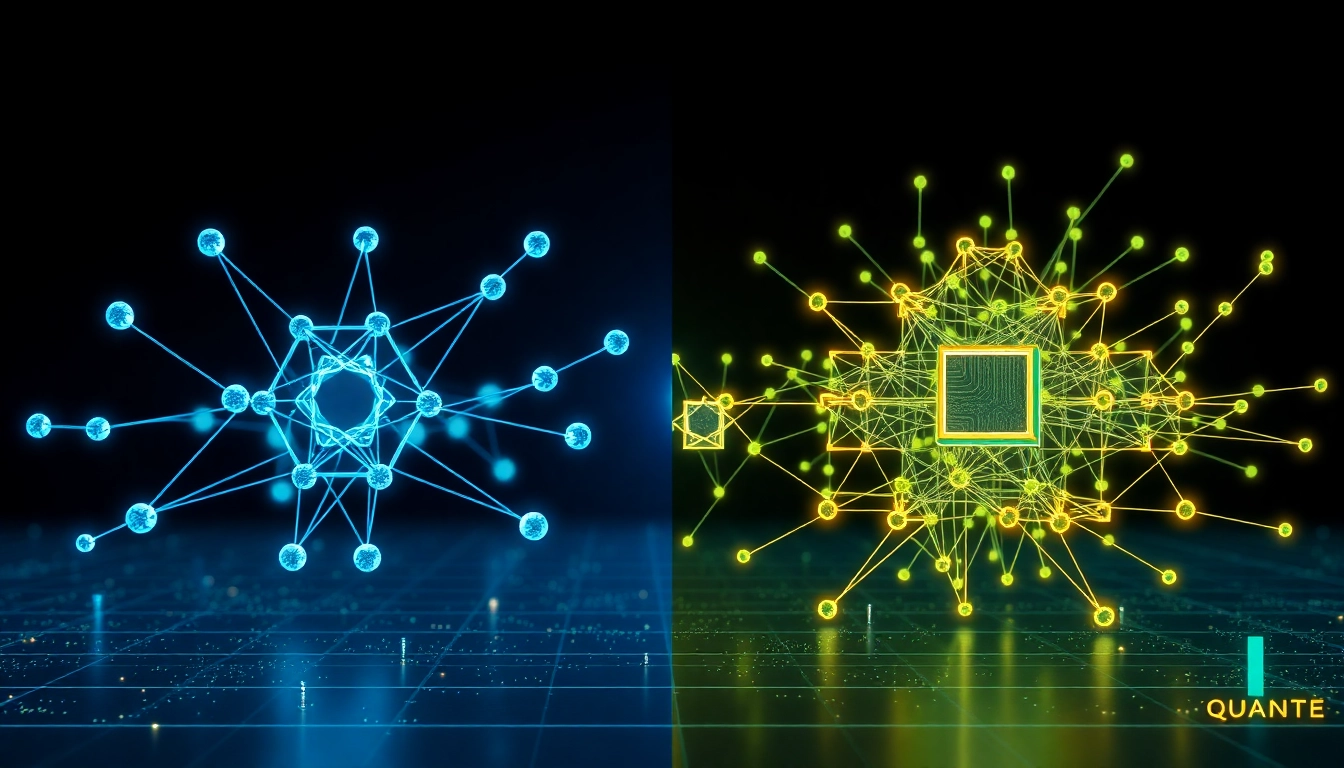
Understanding the Mortgage Process with AI
In the rapidly evolving financial landscape, the mortgage process is experiencing significant transformation thanks to advancements in technology. Integrating mortgage process with AI has become a focal point for lenders and borrowers alike, streamlining efficiency, enhancing customer experiences, and making the process more accessible. This article will provide a comprehensive overview of how AI is reshaping the mortgage landscape, its applications, benefits, challenges, and future implications.
What is the Mortgage Process?
The mortgage process traditionally involves several stages: application, processing, underwriting, and closing. Initially, borrowers submit their applications along with necessary documentation, which typically includes income statements, bank statements, and credit reports. The lender then processes these applications to assess eligibility, which leads to underwriting—a critical evaluation of the borrower’s financial history and current status to determine risk associated with lending. Finally, upon approval, the loan is finalized during the closing phase, where the borrower signs all necessary documents and funding occurs.
The Role of AI in Enhancing Mortgage Procedures
AI technologies are increasingly being integrated into various stages of the mortgage process to enhance efficiency and accuracy. Tasks that once took days or weeks can now be completed in a matter of hours, with AI streamlining data processing and analysis. For example, AI-powered systems utilize machine learning algorithms to assess a borrower’s risk by efficiently analyzing extensive data inputs, including economic indicators and historical data, leading to more informed lending decisions.
AI Applications in Loan Processing
Automating Document Verification
Document verification is one of the primary targets for AI integration. Traditionally, processing required manual verification of documents such as pay stubs and identification records. AI can automate this process using Optical Character Recognition (OCR) technology, enabling systems to quickly and accurately analyze and verify large volumes of documents. This not only reduces the risk of human error but significantly speeds up the overall process, allowing for quicker loan approvals.
Data Extraction and Analysis Techniques
Effective data management is vital in the mortgage process. AI enhances data extraction capabilities by employing advanced algorithms that can identify and extract pertinent information from various document formats. By analyzing data trends, lenders can gain insights into borrower behaviors and tailor their offerings to better meet customer needs. This enhanced capability leads to improved risk assessment and a more personalized lending experience.
AI in Underwriting Decisions
AI systems are now capable of assisting lenders in underwriting decisions through predictive analytics. By analyzing historical data and identifying patterns, AI can provide insights into the likelihood of default, helping underwriters to make more informed decisions. This integration not only increases efficiency but also helps to mitigate risks associated with lending, ultimately resulting in more competitive interest rates for borrowers.
Improving Customer Experience through AI
Personalized Mortgage Solutions
One of the most significant benefits of using AI in the mortgage process is the ability to offer personalized mortgage solutions. AI tools can analyze borrower data to suggest mortgage products that align with users’ financial situations, preferences, and long-term goals. This level of personalization enhances customer satisfaction and fosters a stronger relationship between lenders and borrowers.
Real-time Customer Support Systems
AI-powered chatbots and virtual assistants are revolutionizing customer service in the mortgage industry. These systems provide real-time answers to borrower inquiries, guide customers through the application process, and offer support throughout the loan lifecycle, significantly improving customer satisfaction. By resolving issues instantly and efficiently, these AI applications reduce the need for extensive call center resources, allowing human agents to focus on more complex issues that require a personal touch.
Feedback Loops and Continuous Improvement
Feedback loops enabled by AI allow lenders to continuously refine their services based on user interactions and preferences. By analyzing data from customer interactions, lenders can glean insights on common pain points and areas for improvement, which can be utilized to adapt and enhance the overall mortgage process continually. This commitment to ongoing improvement promotes a customer-centric approach within the industry.
Challenges in Adopting AI for Mortgages
Regulatory and Compliance Considerations
While the potential of AI in the mortgage process is immense, it also presents regulatory and compliance challenges. As financial institutions leverage AI, they must ensure that their systems adhere to existing regulations, including data privacy laws and fair lending practices. Implementing robust compliance frameworks will be essential for navigating these challenges effectively and maintaining consumer trust.
Technical Integration Challenges
The integration of AI technologies into existing mortgage systems can pose significant technical challenges. Many legacy systems may not be compatible with AI applications, resulting in the need for substantial upgrades or replacements. Additionally, organizations must invest in training staff to effectively utilize new technologies, which can entail significant time and cost. Overcoming these challenges requires a strategic approach with a focus on both technology and talent development.
Balancing Automation with Human Interaction
One of the critical challenges facing the mortgage industry is finding the right balance between automation and human interaction. While AI can greatly enhance efficiency, the human element remains crucial in building client relationships and addressing complex financial situations. Companies must navigate this balance carefully to ensure technology complements rather than replaces human input, maintaining personal connection throughout the process.
Future Trends in Mortgage AI Technology
Predictions for the Next Decade
In the coming years, the mortgage industry is expected to see further advancements in the use of AI, particularly in areas like machine learning and advanced analytics. Predictive modeling will become more sophisticated, allowing for even more accurate assessments of borrower risk. As technology continues to evolve, we can anticipate a more streamlined and user-friendly mortgage process tailored to individual borrower needs.
Potential Innovations in Customer Service
The next wave of AI innovations in customer service may include immersive technologies like virtual reality (VR) and augmented reality (AR), providing potential homebuyers with virtual tours and interactive mortgage consultations. Such innovations could significantly enhance the customer experience by making information more accessible and engaging, thereby fostering a more informed and confident borrower base.
The Evolution of AI in the Mortgage Landscape
The continued evolution of AI technologies in the mortgage process promises to reshape the lending landscape fundamentally. As more firms adopt AI solutions, we can expect increased competition, leading to better services and lower costs for borrowers. Furthermore, as technology continues to advance, the role of traditional mortgage processors may shift, demanding that professionals acquire new skills to remain relevant in an AI-driven marketplace.







